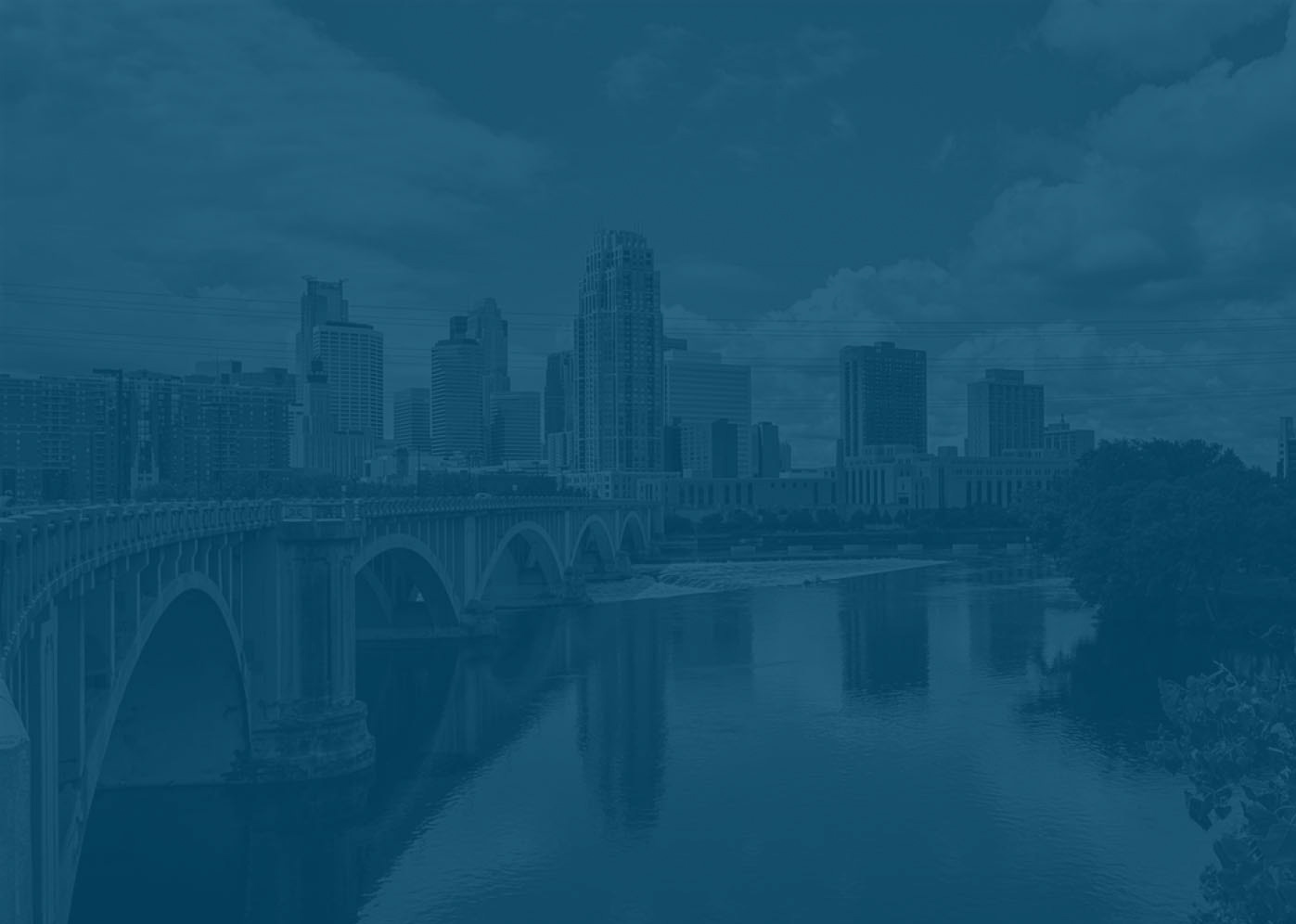A few years ago, a visit to San Felipe Pueblo, north of Albuquerque in the New Mexico desert, would have shown only a few plans to build houses. Plans often do not translate into actual houses. A visit to the pueblo a few years later would show a couple of dozen new houses standing in the desert. Now after several years of steady progress, San Felipe has built hundreds of new houses and has achieved its vision of creating homeownership opportunities for its community. The presence of private lenders and HUD 184 mortgages, considered impossible just a generation ago, now erased much of the tribe’s entire housing need.
In 2000, the San Felipe Pueblo Housing Authority (SFPHA) of the San Felipe Pueblo became the tribally designated housing entity (TDHE) by tribal resolution.
SFPHA provides affordable housing for income qualified individuals working with the HUD through the Native American Housing Assistance and Self-Determination Act (NAHASDA).
Project description
The Black Mesa View project was the first big housing project on the San Felipe Pueblo in over two generations. The hugely ambitious project of building 150 housing units started with careful planning for infrastructure and financing. The project is an exceptional example of a successful large-scale tribal subdivision that was designed not just to provide housing for tribal members, but also jobs and economic development.
Being creative and forward thinking, the pueblo acquired a parcel of 100 acres adjacent to a new school, which benefitted from having the pueblo’s original investment in the school infrastructure. Since the original ribbon cutting in August 2012 for 28 modular housing units, representing the first large housing development in over 40 years at the pueblo, the Black Mesa subdivision has added 12 stick-built homes. Total build-out of the subdivision will include 150 housing units consisting of 135 single-family homes and 15 multifamily units for elder housing. In addition, acreage has been set aside for planned retail development.
Promising approach
With a tribal contribution of 100 acres, it was imperative that the site have a master plan to include single family-house lots, a multifamily site, a plaza-like central park, and smaller “pocket” parks incorporated into the neighborhoods, all connected by greenway paths.
The key to the success of the project was good communication between tribal leadership, the Housing Authority, and the community.
The pueblo leveraged the new infrastructure (wastewater treatment plant, natural gas lines) for a new school so that the housing site, adjacent to the school parcel, could take advantage of the overcapacity built into the wastewater treatment plant.
With a large tract of land, the construction and development were designed to be completed in phases. So far, the home ownership phase of 110 homes has been the highest priority.
Impact
- Homeownership has become a reality among tribal members, particularly to members who lived outside the pueblo but desired to return home but for the lack of availability housing. Members have returned from as far away as California.
- The project provided up to 70 construction jobs in the initial construction phase.
- The project was planned and “shovel ready” when funding became available.
- The project is using natural gas as an affordable heat and energy source. Prior to the new school and housing project, natural gas had not been available at the pueblo.
Lessons learned
- Initial waiting list of over 300 households provided demand that required both large-scale and long-term thinking.
- Leverage current and proposed infrastructure for other uses to include housing, retail space, parks, institutional buildings (school, clinic, etc.).
- Tribal members want to move back to the pueblo but may be inhibited by lack of and choice of housing.
Ongoing challenges
- Funding to construct multiple units at the same time.
- Infrastructure funding to prepare a new site for development.
- Developing an interest in establishing and maintaining good credit and work history during lulls in building and construction.
On the horizon
For future phases of this project, the pueblo will utilize a USDA self-help grant request for 10 new homes and seek a Rural Development Section 538 loan for a multifamily rental project. The pueblo also has a portfolio of loan products (including Section 184 home loans) that provides a service fee to the Housing Authority, which financially sustains the program.

